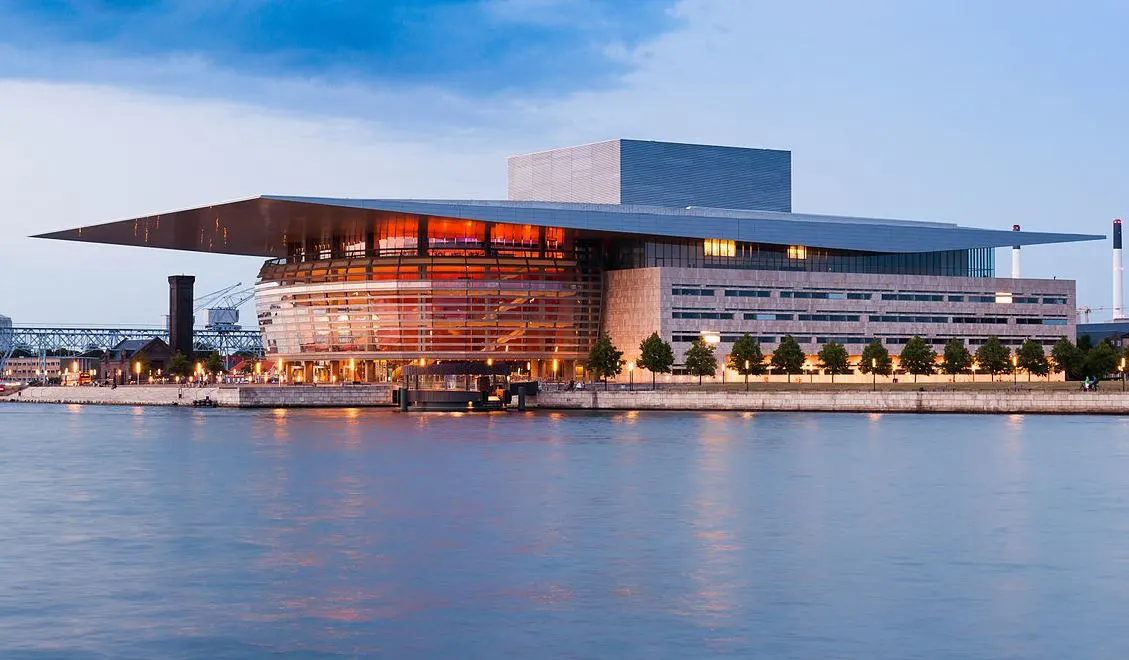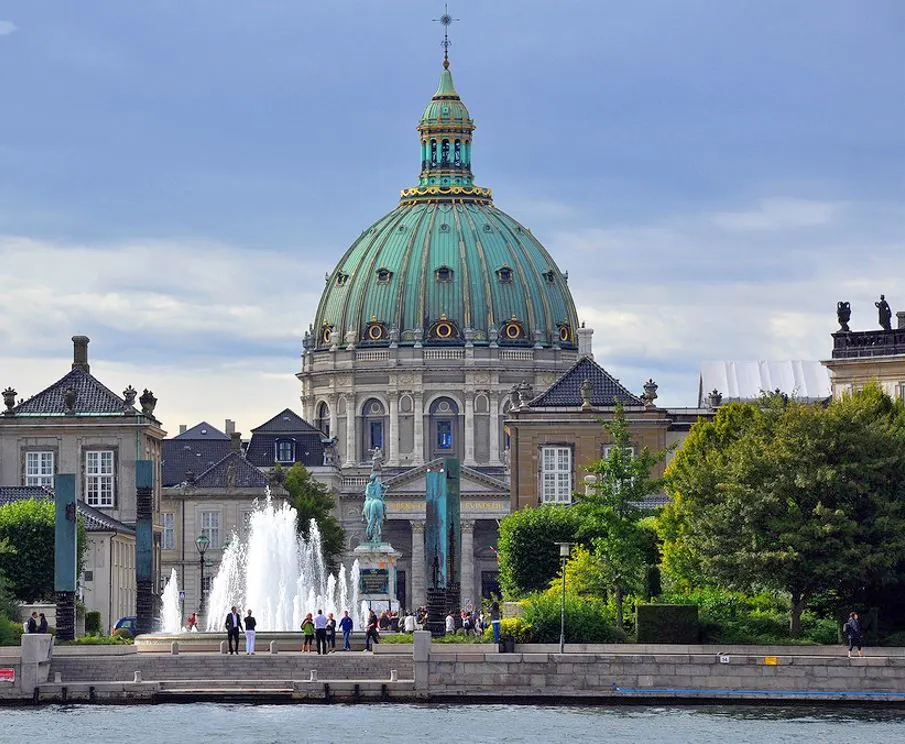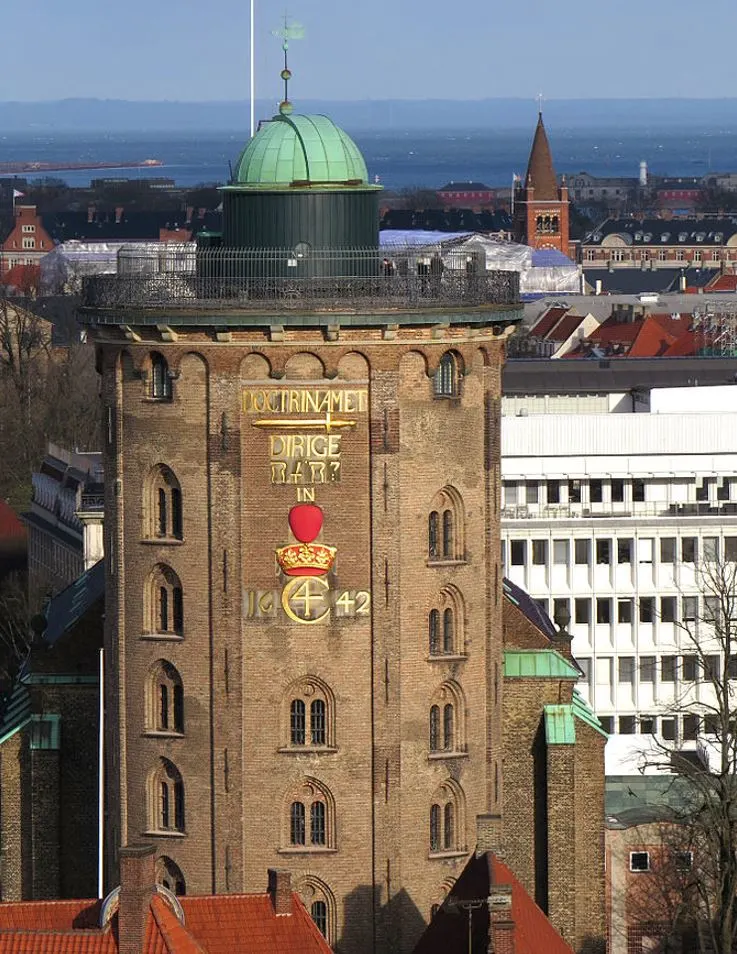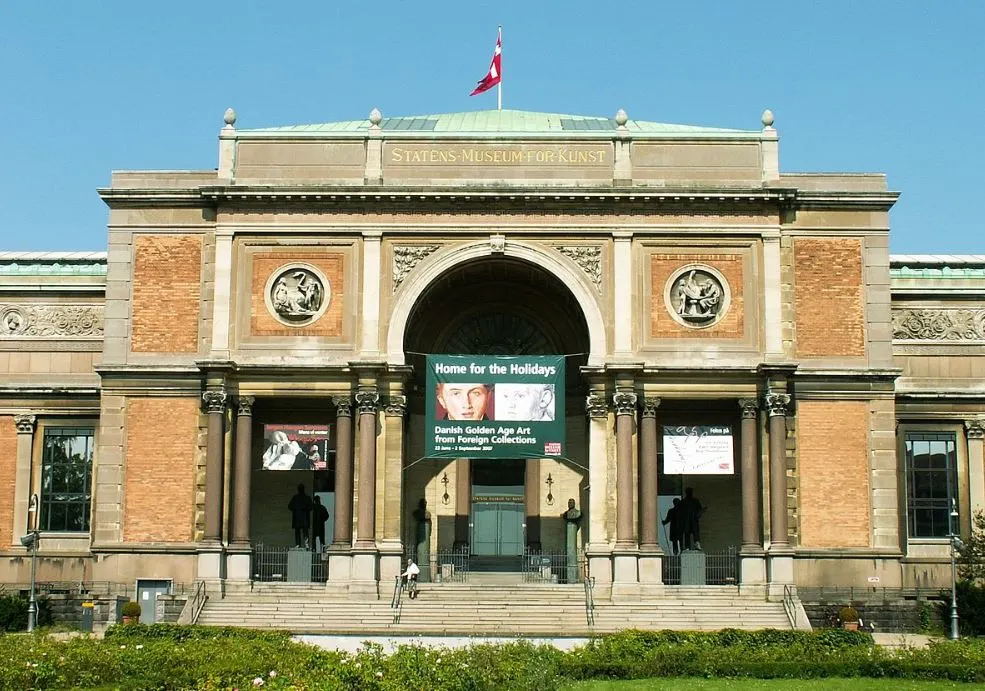The history of the Danish capital goes back to the 10th century when a small fishing village was established on what is known today as “Gammel Strand.”
The name of this place translates to “Old Beach” or “Old Shoreline” and that’s clearly a reference to the mighty Vikings who once called this home.
Copenhagen has been the capital of Denmark since the early 15th century and has expanded to become the largest city in this part of Northern Europe.
The architecture of Copenhagen features a remarkable mix of striking modern buildings and historical landmarks.
In the utmost southeastern corner of the city, you can cross the Øresund Strait via the Øresund Bridge by both train and car. On the other side, you’ll arrive in another major city in the region, Malmö in Sweden.
Before leaving, make sure to check out these amazing buildings in Copenhagen!
1. Amalienborg
Amalienborg is the name of a building complex in central Copenhagen that serves as the official residence of the Danish royal family. The complex consists of 4 similar Neoclassical buildings that encircle an octagonal square that is decorated with an equestrian statue of King Frederick V (1723-1766).
He was the founder of Amalienborg, a palace complex that was originally constructed to serve as the home of 4 noble families but that became a royal residence in 1794. The exterior of the buildings look the same but the interiors differ significantly. Many were designed in the exuberant Rococo architecture.

2. Copenhagen Opera House
The Copenhagen Opera House is arguably one of the most stunning opera houses in the world. It’s located right across from Amalienborg in the heart of the city and was constructed between 2001 and 2005. It’s one of the most beautiful feats of Neo-Futuristic architecture in the world.

The structure was constructed in alignment with the famous landmarks in Copenhagen on the other side of the harbor and is the main attraction of Holmen island. It serves as the national opera house of Denmark and had a price tag of $370 million to build in the early 21st century.

3. Christiansborg Palace
Christiansborg Palace is a large palace on the islet of Slotsholmen in the heart of the city and has been one of the most important buildings in Copenhagen since it was first constructed in the 12th century. The current building is the third in this location.
This amazing palace was completed between 1907 and 1928 in the Neo-Baroque architectural style and served as the historic residence of the Kings of Denmark. Today, the building has multiple government functions, including the seat of the Danish Parliament, the Danish Prime Minister’s Office, and the Supreme Court of Denmark.

4. Frederik’s Church
Frederik’s Church is the third building that aligns with Amalienborg and the Copenhagen Opera House and its wonderful dome really makes it impossible to miss. It’s one of the greatest examples of Rococo architecture in this part of Europe and was constructed between 1749 and 1894.
The original project was set in motion by King Frederick V but was abandoned for almost 150 years shortly after. The dome of this famous church is the largest of its kind in Scandinavia with a width of 31 meters (101.7 feet) and was inspired by the equally impressive dome of St. Peter’s Basilica in Rome.

5. Rosenborg Castle
Rosenborg Castle is an amazing Renaissance building that is located just a short distance east of Frederik’s Church. It was constructed between 1606 and 1624 and completed in the Dutch Renaissance style that was popular in Denmark during the Dutch Golden Age.
The building was commissioned by Christian IV (1577-1648) and is the centerpiece of the so-called “King’s Garden,” a large public park in the heart of the city. Today, this famous castle in Europe is a popular tourist attraction and has many historic artifacts on display, including the magnificent crown of King Christian IV himself.

6. Frederiksberg Palace
Frederiksberg Palace is another opulent Baroque building in Copenhagen that was constructed between 1699 and 1735. It served as the Summer palace of the Danish monarchs until the mid-19th century. It has been the home of the Royal Danish Military Academy since 1869.
Located just west of the historical heart of Copenhagen, the palace was constructed in an elevated location and majestically overlooks the “Frederiksberg Have” or “Frederiksberg Garden.” This 18th-century English-style garden is just as impressive as the huge palace and is also home to the Copenhagen Zoo.

7. Grundtvig’s Church
Grundtvig’s Church is a landmark in Copenhagen that highlights the diverse architectural landscape of the city. It’s located in the Bispebjerg district in the northern part of the Danish capital, it’s one of the most stunning examples of Expressionist architecture that you’ll ever come across.
The church was completed between 1921 and 1940 and was commissioned to commemorate N. F. S. Grundtvig (1783-1872), a popular Danish pastor and author. Although the exterior is the epitome of the Expressionist style, the interior was designed in the Gothic architectural style, a remarkable combination.

8. Børsen
Børsen translates to “Exchange” and this building is also known as the “Børsbygningen” or “Exchange Building.” This amazing 17th-century building stands right next to the Christiansborg Palace in central Copenhagen and is the historic stock exchange of the city.
It’s another structure that was constructed during the reigns of Christian IV and was completed between 1619-1640. Like many other famous landmarks that were completed during this period in architectural history, it was designed in the Dutch Renaissance style. The building is still used today and serves as the main seat of the Danish Chamber of Commerce.

9. Rundetaarn
The Rundetaarn or “Round Tower” is yet another famous project of King Christian IV of Denmark and was constructed between 1637 and 1642. It marks a transition in the architectural landscape because it incorporates the distinctive Dutch Baroque style.
This became the popular style at the height of the Dutch Golden Age and can also be found in the Royal palace of Amsterdam. This famous tower was constructed as an observation tower and astronomical observatory and features an equestrian staircase so horses could reach the top. Today, The Rundetaarn still serves both purposes.

10. Statens Museum for Kunst
The Statens Museum for Kunst is the official name of a museum that is also known as the National Gallery of Denmark. The museum was established in 1896 and is housed in a beautiful Renaissance Revival building that is adjoined by a modern extension from the late 1990s.
The museum has an impressive collection of Danish and foreign art from the Middle Ages to modern times. This history of the collection goes back to the establishment of the Art Chamber by King Frederick V in the mid-18th century and has grown significantly with famous paintings, sculptures, drawings, and other artifacts over the centuries.

